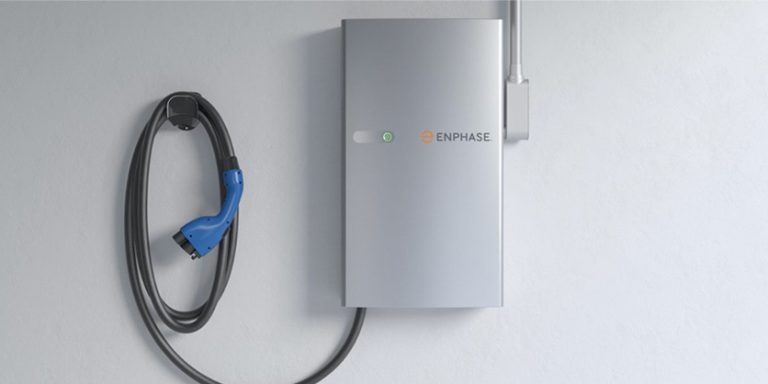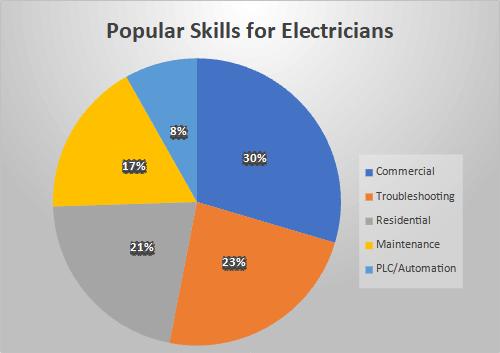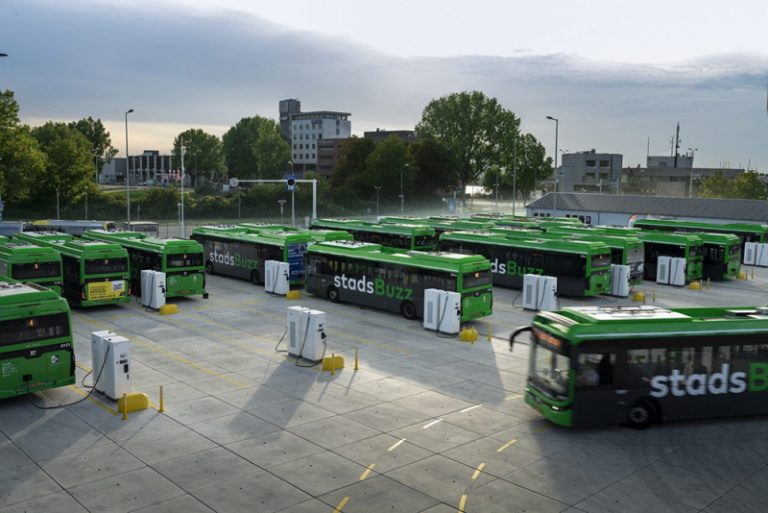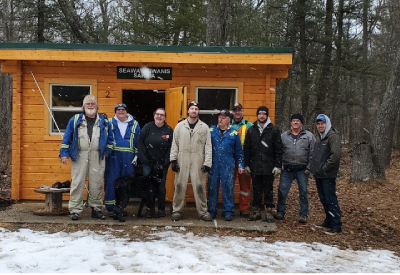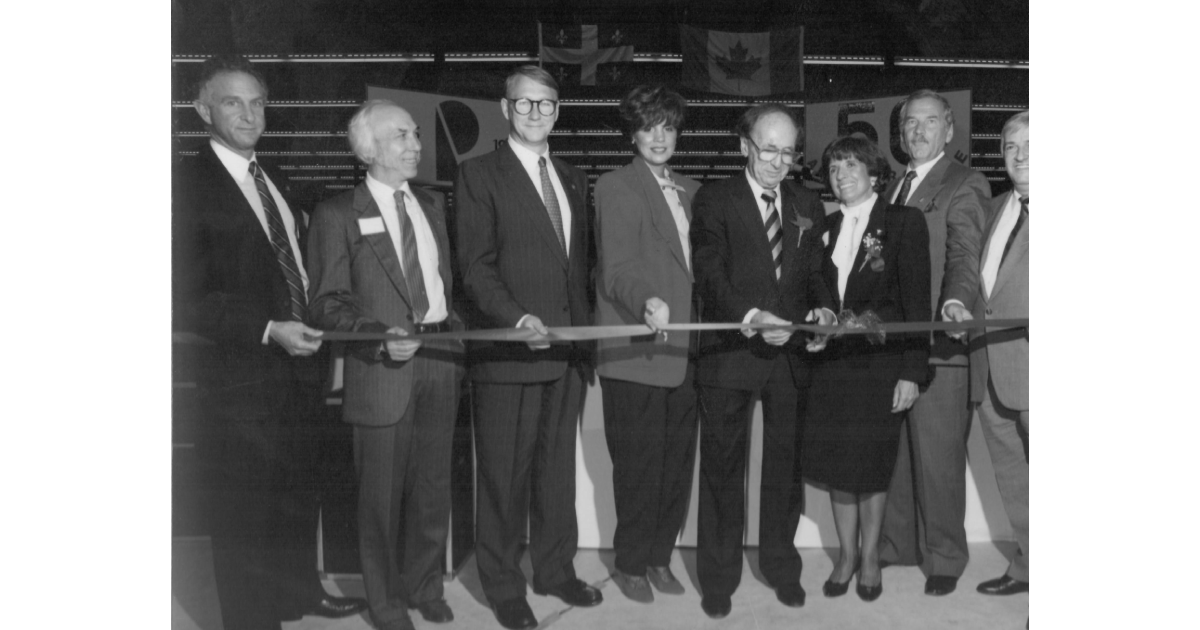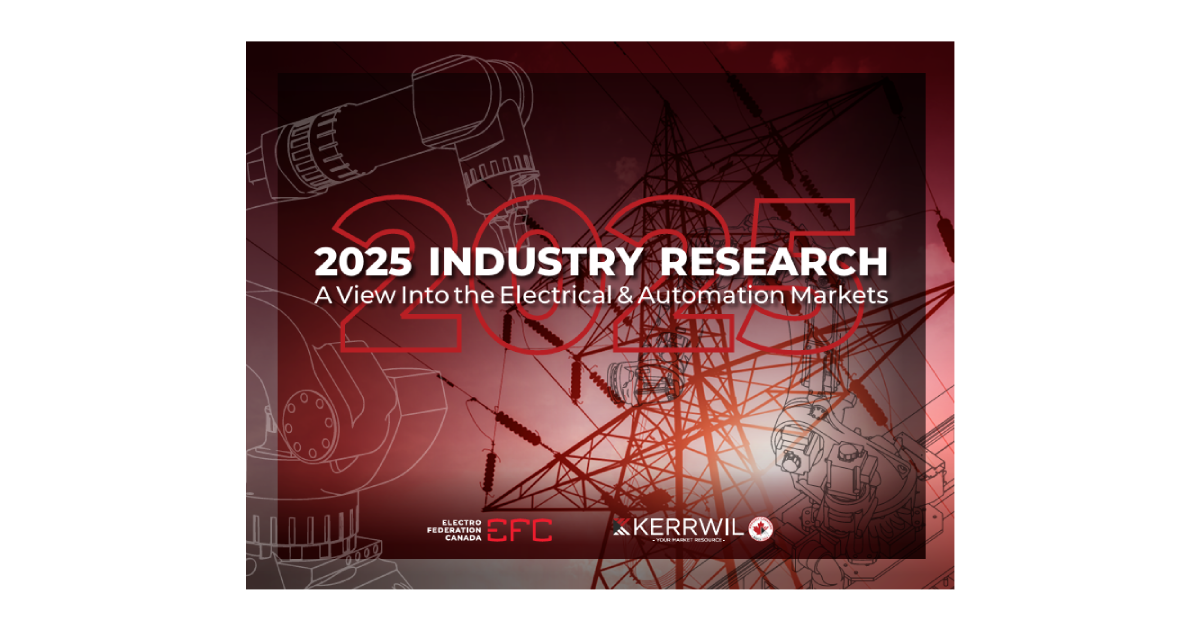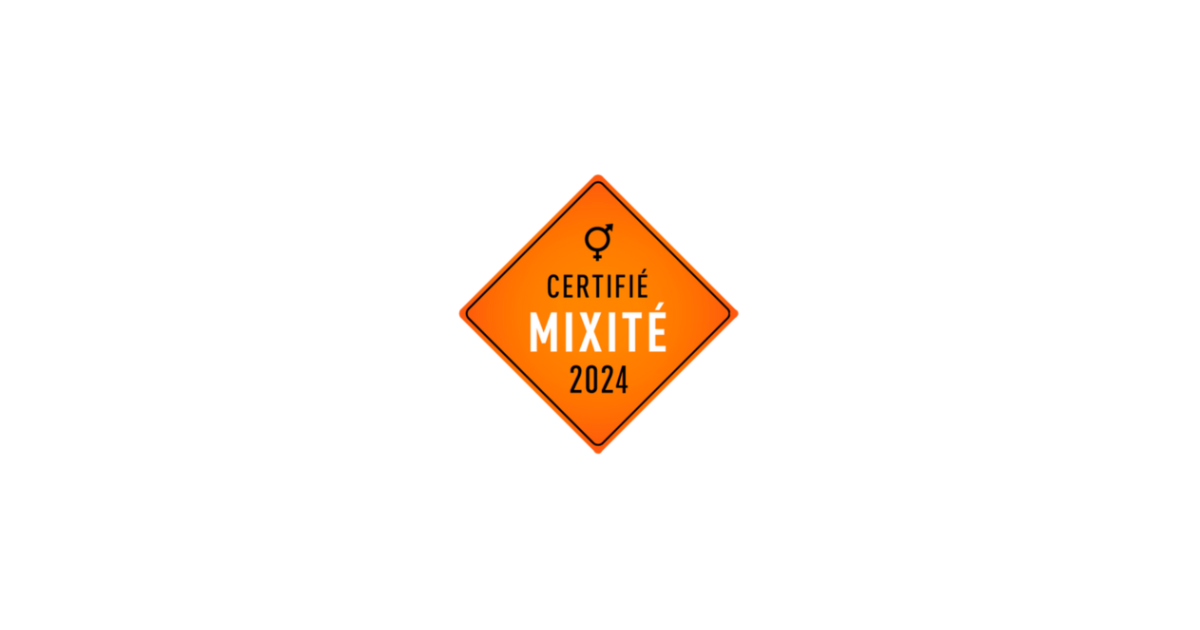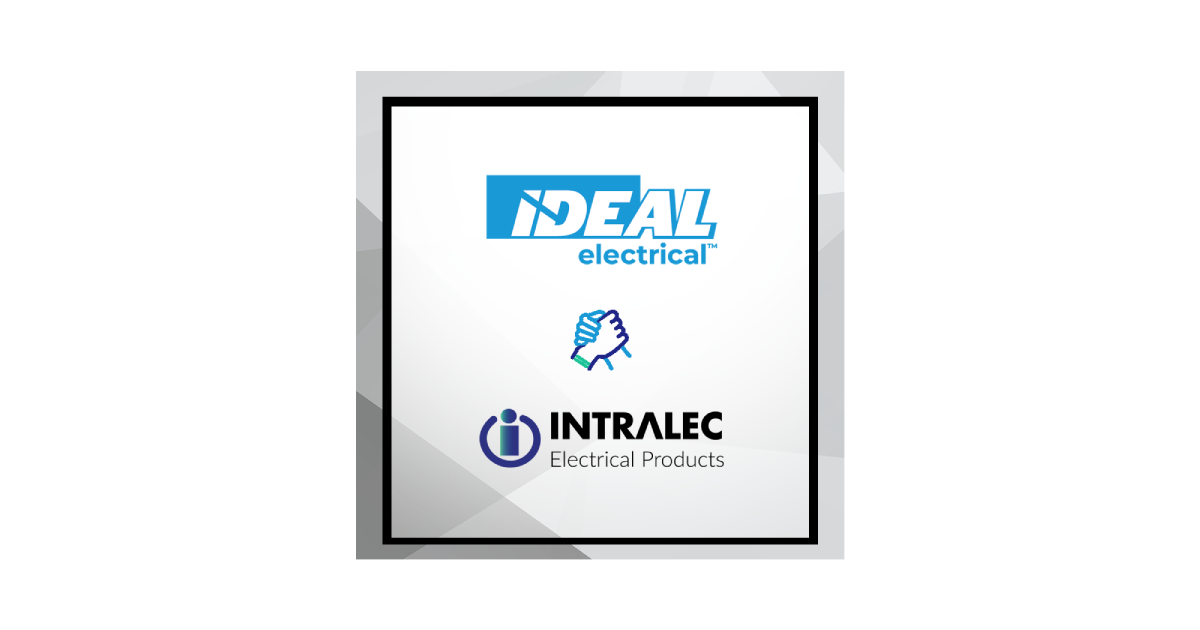Wind Energy On Track to Add 1,000 MW of New Capacity in 2019

Apr 29, 2019
Canada’s wind energy industry further expanded its installed capacity in 2018, while solidifying its status as the lowest-cost source of new electricity generation. Newly commissioned projects brought total national wind energy capacity to close to 13,000 megawatts (MW). Meanwhile, competitive auction results in Saskatchewan and Alberta confirmed the wind industry’s ability to continue to deliver record-low prices.
The six wind energy projects that were powered up in 2018 added 566 MW of installed capacity — a continuation of steady growth that contributed to an average annual growth rate of 20% per year since 2008. Two new projects are located in each of New Brunswick, Quebec and Ontario, and two of the six have both community and First Nations ownership stakes. Quebec accounts for about two-thirds of newly installed capacity in 2018.
These six new wind energy projects represent an estimated total investment of $1 billion. In total, 299 wind farms, comprising 6,596 turbines, are now operating. Canada is the ninth largest wind energy producer in the world.
“Each year, the wind energy industry provides more clean and low-cost electricity to Canadians and increases its contributions to a modern and reliable electricity grid,” says Robert Hornung, President, Canadian Wind Energy Association. “Wind is a success story across the country, helping meet electricity demand in a way that is consistent with Canada’s climate ambitions and that benefits landowners, rural and Indigenous communities, and the economy.”
Both Saskatchewan and Alberta contracted for significant additional new wind energy capacity in 2018 at an average bid price of $42 and $39 per megawatt-hour, respectively, which is comparable to the record low average bid price of $37 recorded in Alberta in late 2017. Wind energy figures prominently in these provinces’ strategies to increase renewable generation. Downward wind energy price trends were confirmed by a 2018 U.S. analysis (Lazard 12.0), which found a further 7% year-over-year decline, and a 69% decline since 2009.
Total installed wind energy capacity in Canada is now 12,816 MW, enough to meet the needs of approximately 3.3 million homes. Wind energy production meets approximately 6% of Canada’s electricity demand, and more than that in jurisdictions such as P.E.I. (28%), Nova Scotia (12%), Ontario (8%), Alberta (7%), and New Brunswick (7%).
In its most recent business-as-usual energy supply and demand projection, the National Energy Board indicates wind energy is forecast to add approximately 510 MW of capacity annually going forward, accounting for 27 per cent of the new electricity generation Canada will need between 2017 and 2040. The industry has a clear ability to outperform this outlook however, given annual capacity increases of closer to 1,000 MW on average over the last decade, and wind energy’s low cost and non-greenhouse gas emitting attributes.
For 2019, CanWEA expects to see approximately 1,000 MW of new wind energy projects commissioned, including the projects contracted under Alberta’s first renewable energy procurement and projects currently under construction in Ontario, as well as the Western Lily wind farm that came on line in southeast Saskatchewan this month. National installed capacity has doubled since 2012.
This article was first published online by CanWEA.



